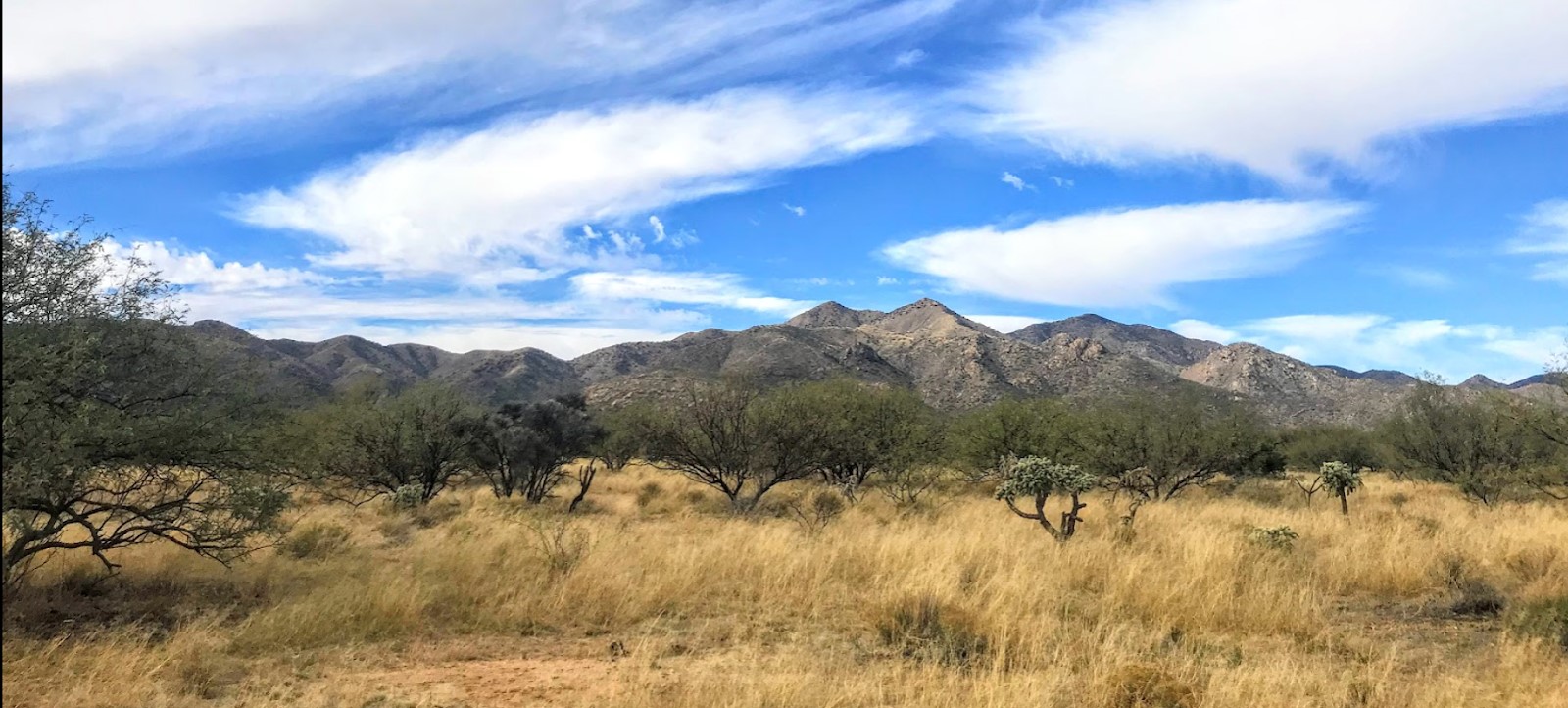
Altar Valley
With a wide-open landscape and a continued legacy of Arizona’s ranching, the Altar Valley is a rugged and beautiful destination for birding. The valley contains saguaro desert habitat on the north end that transitions into grasslands on the southern portion. Though it is only 20 miles from the city, this area feels rugged and remote. The Altar Valley is approximately 52 miles long and 20 miles wide. It is generally bound on the south by the United States/Mexico border and Buenos Aires National Wildlife Refuge, on the north by State Route 86 (the Ajo Highway), on the west by the Baboquivari and Coyote Mountains. It also encompasses three small towns: Three Points at the State Routes 86/286 juncture, Arivaca at the extreme southeastern end, and Sasabe at the southern end. Highway 286 is paved and runs north/south through the center of the valley. Near the town of Arivaca on the east end of the valley there is the Arivaca Cienega (part of Buenos Aires NWR) that had a parking area, restrooms and a paved loop trail.
The area is recognized for its variety of plant species from saguaros to oaks, providing habitat for a number of different birds including species of high conservation value such as Lucy’s Warbler, Yellow-Billed Cuckoo, Cactus Ferruginous Pygmy Owl, Elf Owl, Gray Hawk, Gilded Flicker, Crested Caracara, Masked Bobwhite Quail, and various other raptors and songbirds. The Tucson Audubon team has identified multiple clusters of saguaros used by Desert Purple Martins for nesting on the north end of the valley.
Site Information
Region: Tucson and Southern
County: Pima
Directions: This area can be accessed several ways but an excellent way to see the whole valley is to go west from Tucson on Highway 86 (Ajo Road) and then south on 286 – this junction is known as Three Points. Hwy 286 is paved and runs south through the whole valley to the Mexican border. This is a very large area but it is possible to pull off the main road or onto side roads to get out and bird. The pin for this on the map for this site marks one of the many side roads where you can pull off the main road and explore a more quiet dirt road where you can safely and easily park and explore the surrounding habitat.
Latitude: 31.815288
Longitude: -111.326593
Operational Hours: Open all year, 24 hours a day
Admission or Fees: Many areas require a Arizona State Trust Land recreation permit which can be purchased online.
Best time to visit: Good year round. Spring is good for migrants and desert nesting birds. Monsoon summer season is when the Desert Purple Martins nest in the saguaros and the grasslands on the south end turn green. Winter has the most comfortable temps and wintering sparrows and other visiting species.
Habitats: Desert, Grassland
Know Before You Go
Most of the valley does not have facilities but there are restrooms at the Buenos Aires Visitor’s Center and the trailhead parking at Arivaca Cienega. Three Points on the north end of the valley does have a gas station and a few restaurants.
Safety First! Arizona has many beautiful places to explore and we’d like to help you make it a safe and enjoyable experience. Check out our recommendations for hiking precautions.
Species Highlights
Rare: Cactus Ferruginous Pygmy-Owl
Speciality: Gilded Flicker, Lucy’s Warbler, Varied Bunting
Charismatic: Anna’s Hummingbird, Black-throated Sparrow, Cactus Wren, White-winged Dove
Contact Information
State of Arizona
Arizona State Lands Department
1110 W Washington St
Phoenix, AZ 85007
Phone: 602-542-4631
Website: https://land.az.gov/
Additional Resources
Additional Resources:
Buenos Aires NWR
Altar Valley Conservation Alliance

